The High Time Resolution Universe Pulsar Survey
Double neutron star (DNS) systems in tight orbits are fantastic laboratories to test Einstein’s general theory of relativity. The first such DNS system, commonly known as Hulse-Taylor binary pulsar, provided the first indirect evidence of the existence of gravitational waves and the impetus to build LIGO. Since then, discovering such binary systems has been a major impetus for large scale pulsar surveys. Although over 3000 pulsars have been discovered in our Galaxy, we have only found 20 DNS systems. Why are they so rare?
DNS systems are the endpoints of complex and exotic binary stellar evolution. In the standard model, the two stars must survive multiple stages of mass transfer, including common envelope phases, and not one but two supernova explosions. Prior to the second supernova, the survival of the binary depends on the kicks imparted by the second supernova explosion and the amount of matter ejected. It appears that it’s quite rare for binaries to survive all of these events. Those that do leave behind many insights into binary stellar evolution.
Finding binary pulsars is more difficult than solitary ones. Acceleration makes their pure tones evolve in time due to the changing Doppler shifts, greatly increasing the complexity of the searches and the amount of computational time required. Fortunately, OzGrav scientists have access to the OzSTAR supercomputer at Swinburne University of Technology with its graphics processing accelerators (GPUs). We use OzSTAR to search the High Time Resolution Universe South Low Latitude pulsar survey (HTRU-S LowLat) for accelerated pulsars. In our recently published paper in Monthly Notices of the Royal Astronomical Society, we have presented the discovery and results from 1.5 years of dedicated timing of a new DNS system, PSR J1325-6253 using the Parkes 64m radio telescope (now also known as Murriyang).
By timing when the pulses arrived at Earth, we found that PSR J1325-6253 is in a small orbit of 1.81 d. Its orbit deviates from a circularity with one of the lowest orbital eccentricities known for a DNS system (e=0.064). The elliptical orbit advances its point of closest approach (periastron) to its companion star as predicted by the theory of general relativity. The advance of periastron enabled us to determine the total mass of the system, and we found it near that of other DNS systems. The low eccentricity of the orbit meant that there was almost no mass loss in the final supernova explosion beyond the energy carried off in neutrinos, and that it was a so-called ultra-stripped supernova. Such supernovae would be very sub-luminous, and usually invisible if too far from the Sun. This rare find provided a new insight into how stars explode, and the neutron stars they leave behind.
Written by OzGrav PhD student Rahul Sengar, Swinburne University of Technology
Reference: “The High Time Resolution Universe Pulsar Survey – XVII. PSR J1325-6253, a low eccentricity double neutron star from an ultra-stripped supernova” by R Sengar, V Balakrishnan, S Stevenson, M Bailes, E D Barr, N D R Bhat, M Burgay, M C i Bernadich, A D Cameron, D J Champion, W Chen, C M L Flynn, A Jameson, S Johnston, M J Keith, M Kramer, V Morello, C Ng, A Possenti, B Stappers, R M Shannon, W van Straten and J Wongphechauxsorn, 24 March 2022, Monthly Notices of the Royal Astronomical Society.
DOI: 10.1093/mnras/stac821

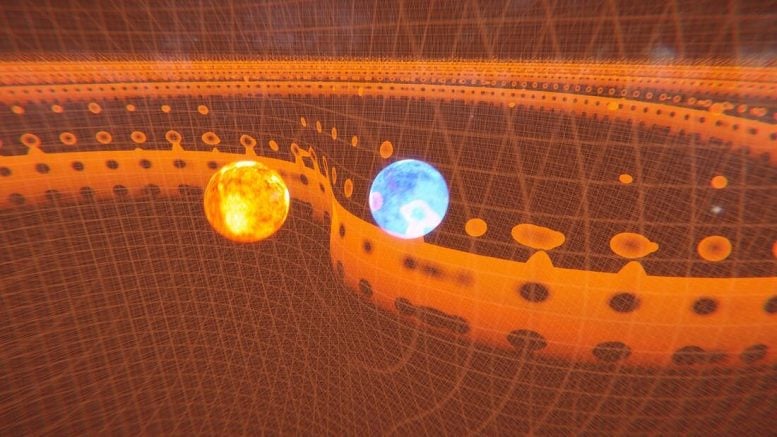
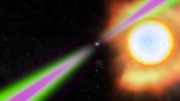
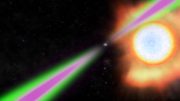
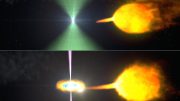
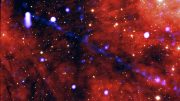
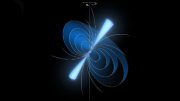
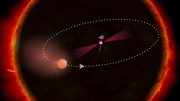
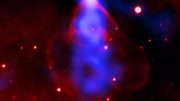
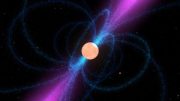
Be the first to comment on "Why Double Neutron Star Systems – Hulse-Taylor Binary Pulsars – Are So Rare"